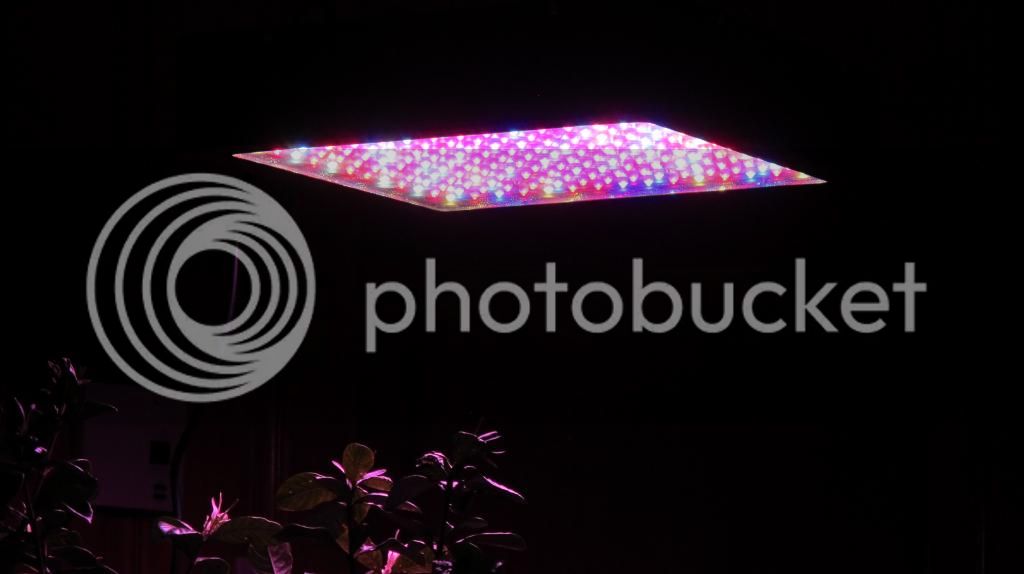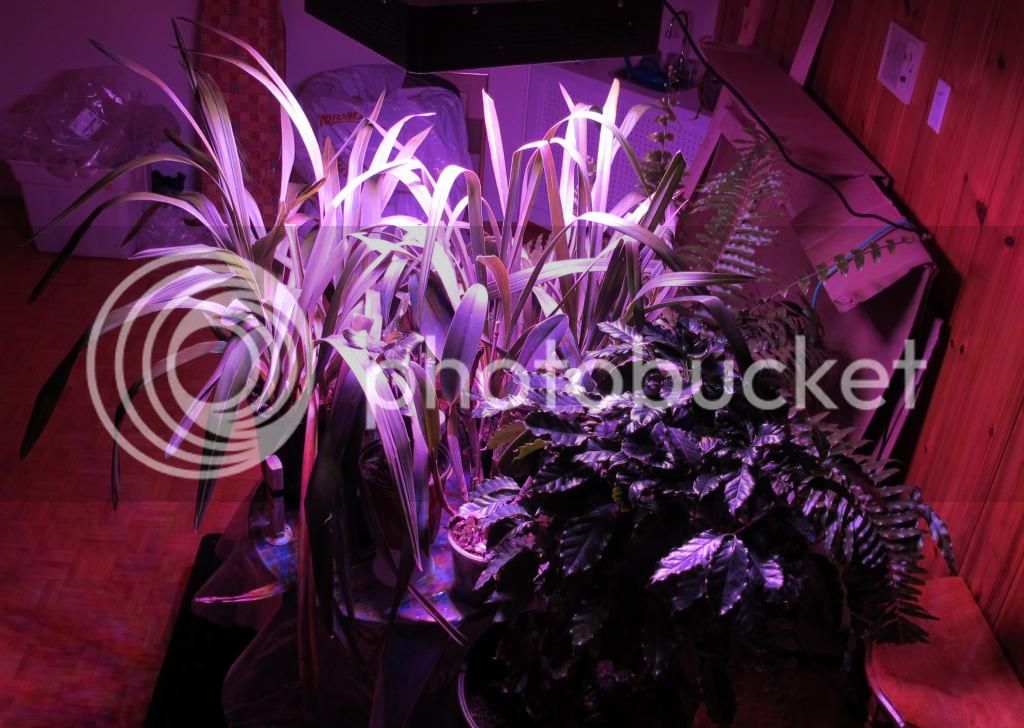I'm testing a new LED panel, this one a 900W Mars II with 5W diodes.
Very bright, very quiet and very heavy (28 Pounds). Uses less than 500W.
Put some of my orchids and a few other large plants, including a coffee tree under with excellent results.
I read many pot growers are using these and more powerful one instead of HID lamps with good success.
Lamp produce insignificant amount of heat.
If I'm still satisfied next fall, I'll buy a tent and grow mounted plants inside. Humidity, light and heat should be just right.


Very bright, very quiet and very heavy (28 Pounds). Uses less than 500W.
Put some of my orchids and a few other large plants, including a coffee tree under with excellent results.
I read many pot growers are using these and more powerful one instead of HID lamps with good success.
Lamp produce insignificant amount of heat.
If I'm still satisfied next fall, I'll buy a tent and grow mounted plants inside. Humidity, light and heat should be just right.





